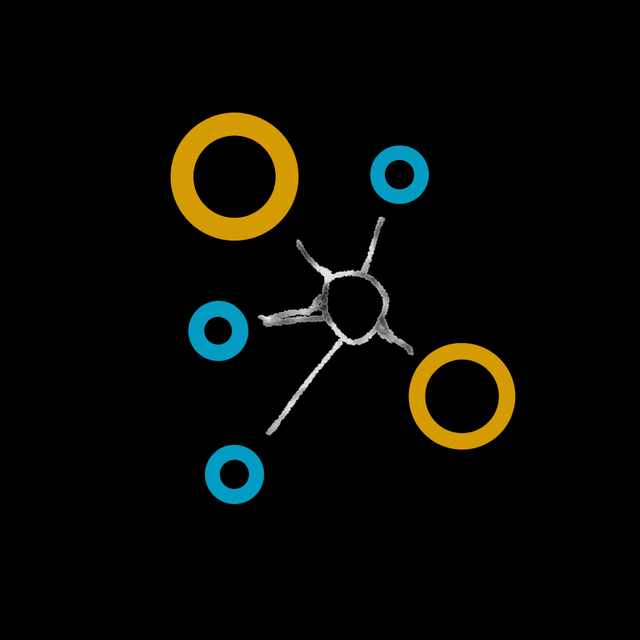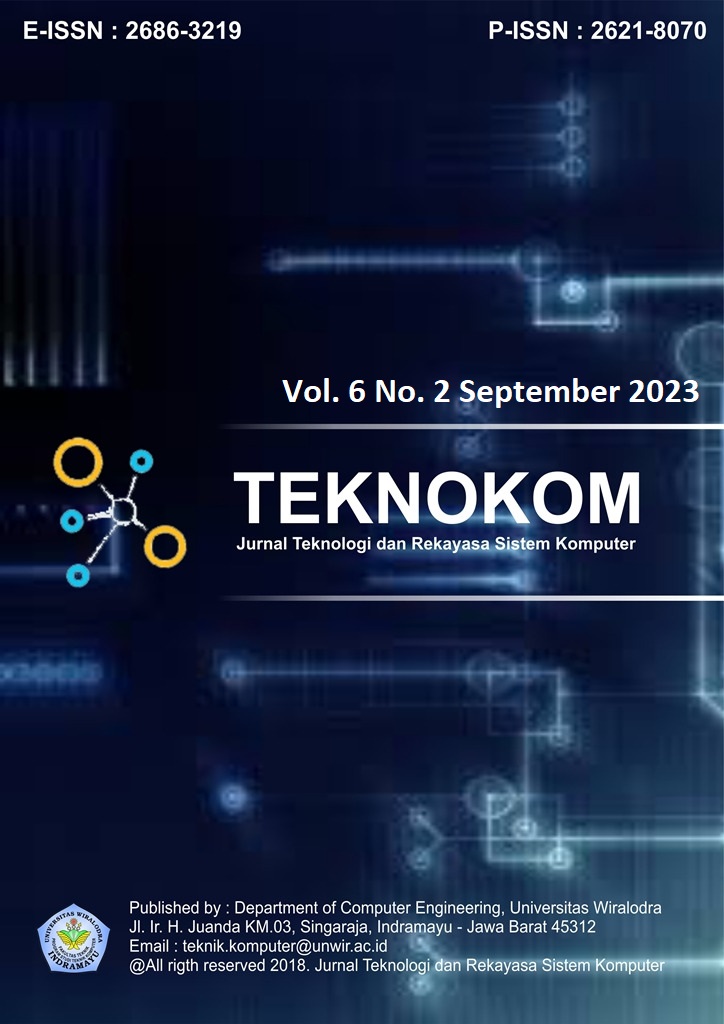PENDEKATAN INTERNET OF THINGS UNTUK PREDIKSI BIAYA PENGGUNAAN LISTRIK RUMAH PADA APLIKASI ANDROID
##plugins.themes.academic_pro.article.main##
Abstract
Technology is currently growing rapidly and of course, in this era electrical energy has become a necessity for carrying out activities. Therefore, the Smart Watt Meter system can be interpreted as a tool that can monitor and predict costs for home electricity use using the Android application, so that all these devices and systems can be connected to one another. Only by connecting to a smartphone, users can monitor electricity usage and can predict home electricity costs that will be incurred every month using an Android application remotely in real time. Due to the large amount of electricity used in homes that is difficult to control, the aim of designing a Smart Watt Meter system is to reduce excess electricity usage by providing predictions of electricity user costs. This Smart Watt Meter is composed of Wemos D1R1 as the microcontroller in the main system, where when the PZEM 004T V3 sensor reads the value of electricity usage, an output will be produced in the form of a value on the application that has been made and also an OLED display. The results of this study found that voltage, current, power, frequency, power loss, energy consumption, the cost of using electricity per month can be measured. One of the suggestions from this study is to make a dashboard that can be accessed on any device, such as making a dashboard that can be opened on websites and also on smartphones.
##plugins.themes.academic_pro.article.details##

This work is licensed under a Creative Commons Attribution-NoDerivatives 4.0 International License.
Most read articles by the same author(s)
- Alfin Alif Syaiji, Rahmat Hidayat, SISTEM OTOMATISASI PEMANAS AIR MENGGUNAKAN SENSOR DHT11 BERBASIS ARDUINO UNO , TEKNOKOM: Vol. 6 No. 2 (2023): TEKNOKOM
- Abdul Jalil, Rahmat Hidayat, SISTEM DETEKSI MUTU TELUR AYAM RAS MENGGUNAKAN SENSOR LDR (LIGHT DEPENDENT RESISTOR) BERBASIS ARDUINO UNO , TEKNOKOM: Vol. 7 No. 1 (2024): TEKNOKOM
- Harris Rifqi Febrijanto, Rahmat Hidayat, ANALISIS PENGUJIAN TAN DELTA PADA TRANSFORMATOR ARUS DI GITET TASIKMALAYA BAY PENGHANTAR BANDUNG SELATAN-1 , TEKNOKOM: Vol. 6 No. 2 (2023): TEKNOKOM
- Rachma Khairunisa, Rahmat Hidayat, VEHICLE STARTER SYSTEM FOR SAFETY BASED MICROCONTROLLER USING INTERNET OF THINGS , TEKNOKOM: Vol. 6 No. 1 (2023): TEKNOKOM
- Rahmat Hidayat, Marza Ihsan Marzuki, Yuliarman , Ibrahim, Edmund, Safrian, Imam Budi Santoso, Suroyo, THE COMPARATIVE STUDY ANALYSIS LOGICAL FILES RECOVERY AND LOW LEVEL FILES RECOVERY USING DIGITAL FORENSIC METHODS , TEKNOKOM: Vol. 5 No. 2 (2022): TEKNOKOM
- Taufik Maulana Tanjung, Rahmat Hidayat, IMPLEMENTATION OF TWO LANGUAGE CHATBOT WEB TO FIND INFORMATION ON BATIK USING THE ARTIFICIAL NEURAL NETWORK MODEL , TEKNOKOM: Vol. 6 No. 2 (2023): TEKNOKOM
- Alghi Sawaludin, Rahmat Hidayat, Reni Rahmadewi, IMPLEMENTATION OF FUZZY LOGIC ON SPEED PREDICTION ON INCLUDING ROADS , TEKNOKOM: Vol. 6 No. 1 (2023): TEKNOKOM
- Oracle Bramantyo Wardhana, Rahmat Hidayat, IMPLEMENTATION OF MEDIUM VOLTAGE AUTOMATIC CHANGE OVER (ACO-MV) DEVICE AS POWER OUTAGE REDUCTION FOR PREMIUM CUSTOMERS AT PT PLN (PERSERO) UP3 KRAMAT JATI , TEKNOKOM: Vol. 6 No. 2 (2023): TEKNOKOM


 https://ijeeemi.poltekkesdepkes-sby.ac.id/pages/pulsayuk/
https://ijeeemi.poltekkesdepkes-sby.ac.id/pages/pulsayuk/
